Axe beak
Axe beaks, also known as Terror Birds and Plane Striders are aggressive, flightless birds which possesses a fierce hunger for meat. Able to keep up with a horse, the axe beak is a fearsome predator. The charge of an axe beak is so fast and effective that it often knocks opponents off their feet
Axe beaks are large, flightless birds that naturally live within the Deserts, hills, plains and grasslands of southern Naghron. Aggressive carnivores, they possess sharp claws, powerful legs and sharp, wedge-shaped beaks that earned them their name.
They are also the main beast mount used within Duryad, able to traverse rough terrain easily and not easily startled, unlike horses. They also have the added bonus of being inclined to join their rider in a fight, their size and speed making them imposing allies.
Axe beaks were partially domesticated by Shaa'douin nomads before The Settling, but the Duryadi settlers perfected the method, having tamed their own great beasts, the aurochs. This involved forging flock bonds with individuals, where the axe beak generally worked with hunters and their dogs, even if they allowed only one person to ride them.
Due to their continued aggression despite imprinting, it is law in every Durish Clanhold that axe beaks be muzzled and when in settlements.
Basic Information
Anatomy
It has long, agile legs, and three-toed feet with long talons. It could undoubtedly run at high speeds when hunting.
With a skull 71.6 centimetres (28.2 in) long, it possesses the largest head of any known bird. The tarsometatarsus of is 43.7 centimetres (17.2 in) long. Axe beaks are fast runners, more than other terror birds. It is estimated that Axe beak could run at speeds of 70 km/h. The size of the skull and its jaw muscles led to the conclusion the terror bird had an enormous bite force.
Biological Traits
Axe beaks got their name from their sharp wedge-shaped beaks. They have strong necks and powerful legs, which they use to sprint at high speeds
Genetics and Reproduction
Females typically lay clutches of 2-5 eggs once per year, which the parents take turns keeping warm for 2 months before they hatch.
Ecology and Habitats
Axe beaks are most commonly found in their homeland of Naghron, but they are also common to the continent of Khondwanaq. In the wild, they prefer temperate and arid grasslands, hills and forests of the continent. When moved to other lands, they adapt quickly to other climates and terrains, changing the color and thickness of their feathers to best suit their survival within 1 or 2 generations.
Flocks of axe beaks are also believed to be protective of their young, rushing to its aid in case of danger.
Dietary Needs and Habits
The bird kills in two ways: first by grasping its prey with its talons and smashing it to the ground repeatedly.
Secondly, and more dramatically, by striking downward with the sharp downward spike at the front of its upper beak. If in the right position, the spike can penetrate the braincase and kill instantly, and lethal and great advantage this bizarre killer used to dominate and exploit is domain.
Additional Information
Social Structure
Axe beaks are relatively social creatures, forming small groups in which both males and females hunt together.
Domestication
Axebeaks are exceptionally faster runners, even faster than most horses. As a result they are commonly used as Mounts, sentries, pets and beasts of war in the Duryadi lands, replacing the role of dogs elsewhere, where as places like Ashad or Euron just see them as giant pests. Domesticated axe beaks come in five main varieties: war beaks, hunting beaks, companion beaks, sentry beaks and race beaks.
As a whole, axe beaks are not considered tamed. They can imprint on a small number of handlers, but will only ever bond properly with one master. Anyone who tries to interact with an unknown axe beak risks losing an arm, at best. Imprinting is best done from the moment the axe beak hatches, but must be completed within the first year. The fledgling must be fed by its handler(s) by hand so it can acclimatise to their scent, appearance and sounds. It must also be led by a rope to establish a flock hierarchy. Imprinting is usually completed within a month, after which, the axe beak will loyally follow its master and fight along it's other handlers.
Uses, Products & Exploitation
Although feared for their boldness and territorial natures, these giant birds prove eminently tamable, making useful guardians, hunters, and even steeds when kept well fed.
An axe beak requires training before it will bear a rider. Taming an axe beak requires 6 weeks of work. After which it can be taught tricks as normal. Riding an axe beak requires an exotic saddle. Axe beak eggs are worth 1,000 gp a piece on the open market, while young are worth 1,500 gp each. A light load for an axe beak is up to 200 pounds; a medium load, 201–400 pounds; and a heavy load, 401–600 pounds.
Used as beasts of burden, hunters, pets and mounts, Axe beaks also provide occasional eggs (roughly 1 per month) used for both a new generation of mounts, and pets or as food. These prized eggs are considddered a national dish in duryad and are a key ingredient in avariety of recipies. Upon death, axe beaks are occasionally butchered for their meat, with their pelt used for leather, and their claws and beaks used for weapons and tools.
Despite being considered a sacred animal, Axe beak thighs, breast and tounges are prized as delicacies in Duryad. However this practice is rare to the point of obscurity.
Average Intelligence
Axe beaks, despite their aggressive and highly territorial nature, are highly suited to being trained as mounts, beasts of burden or guard animals as they are highly intelligent.
An axe beak is a clever creature with distinct personalities and if trained popperly, a friendly attitude towards its rider or tamer. An imprinted individual may even understand speech in the tongue of its master (with proper training and/or exposure).
Lifespan
Axe beaks have lifespans of up to 50 years.
Conservation Status
Not threatened.
Average Height
The Axe beak is the largest carnivorous bird of all time, possibly reaching 2.28 to 3.2 meters (7.5 to 10 feet)
Average Weight
weighing around 500 pounds (230 kg).
Geographic Distribution
Related Organizations
Scouting Party
On Patrol
by
kepperoni
An trained pair of axe beak being ridden by an durish explorers, trecking through the wilderness
Student Artwork
Student Artwork
by
Rajdeep Coudhury
A huntress and her loyal mount out on the plains looking for wild game.







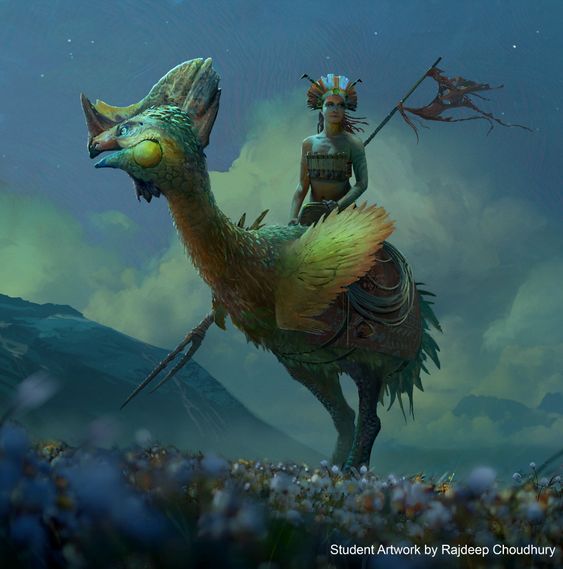





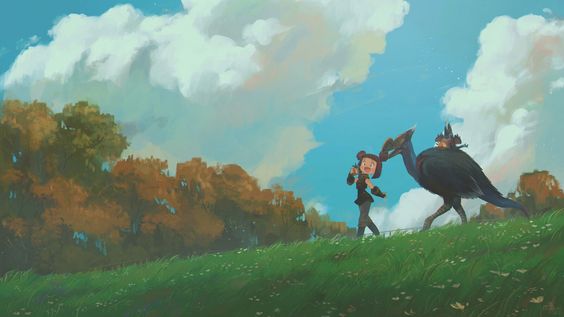


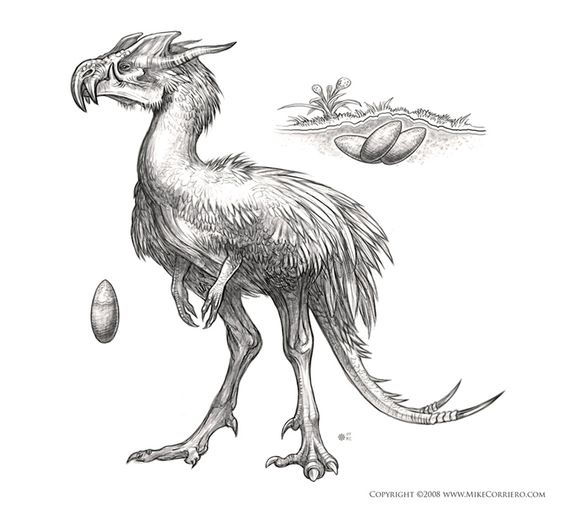







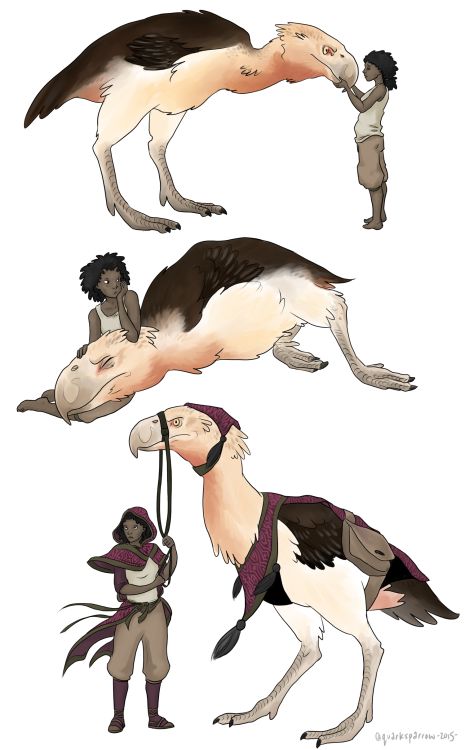

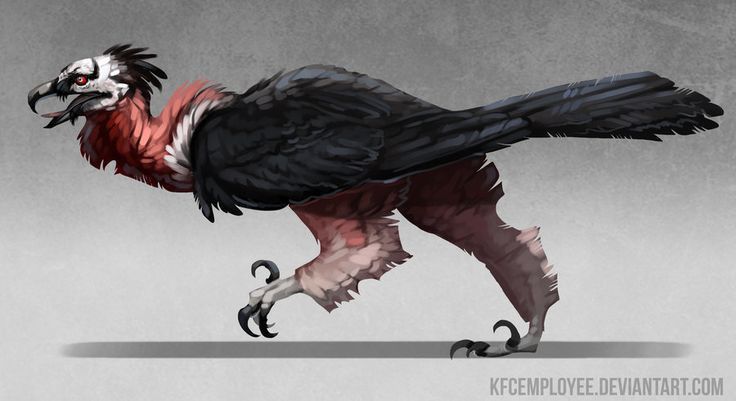

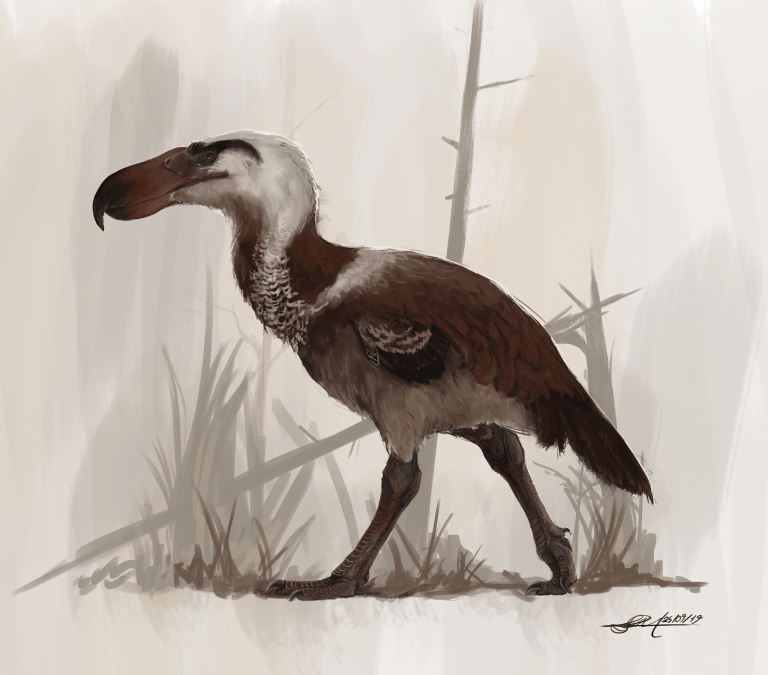
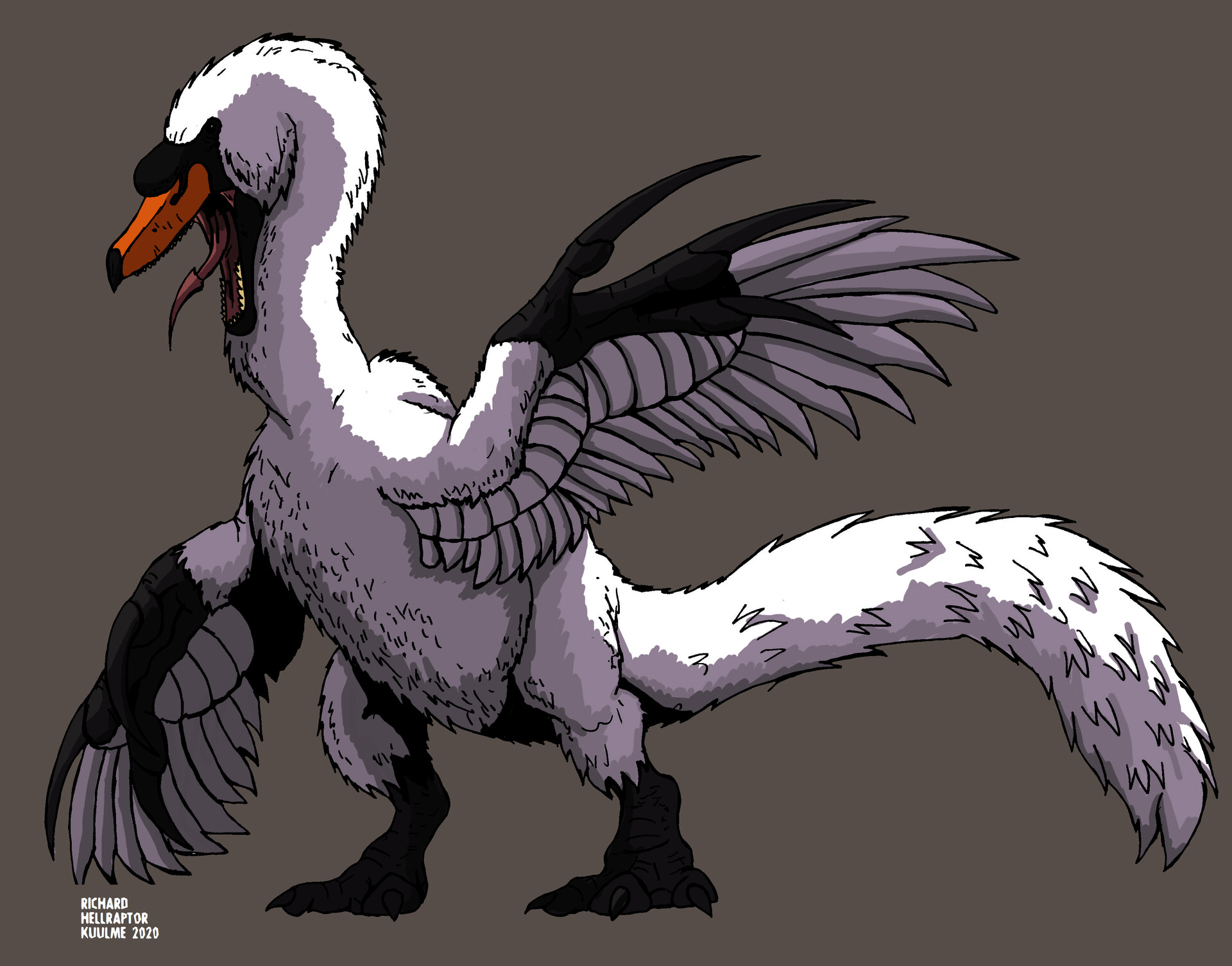
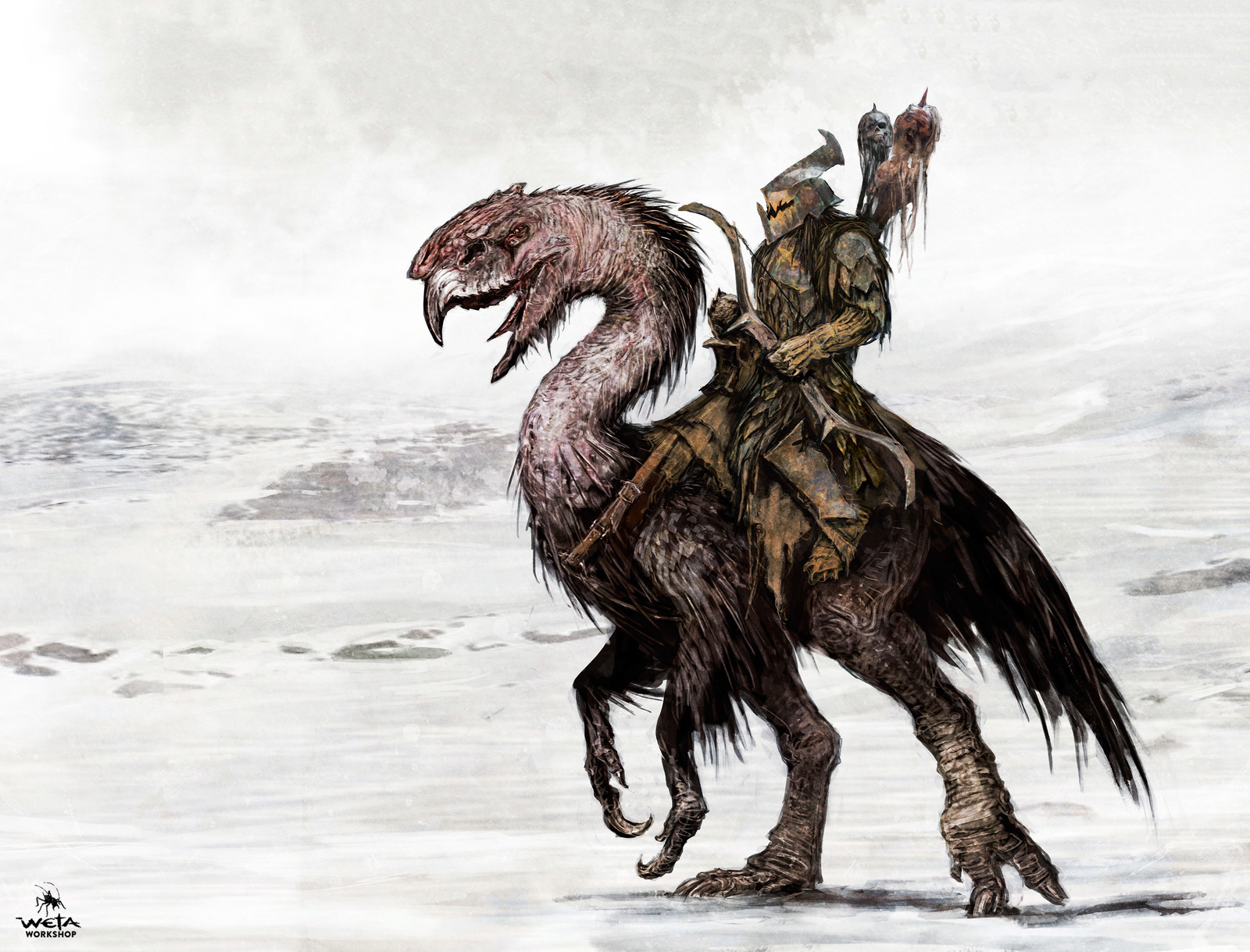
Comments